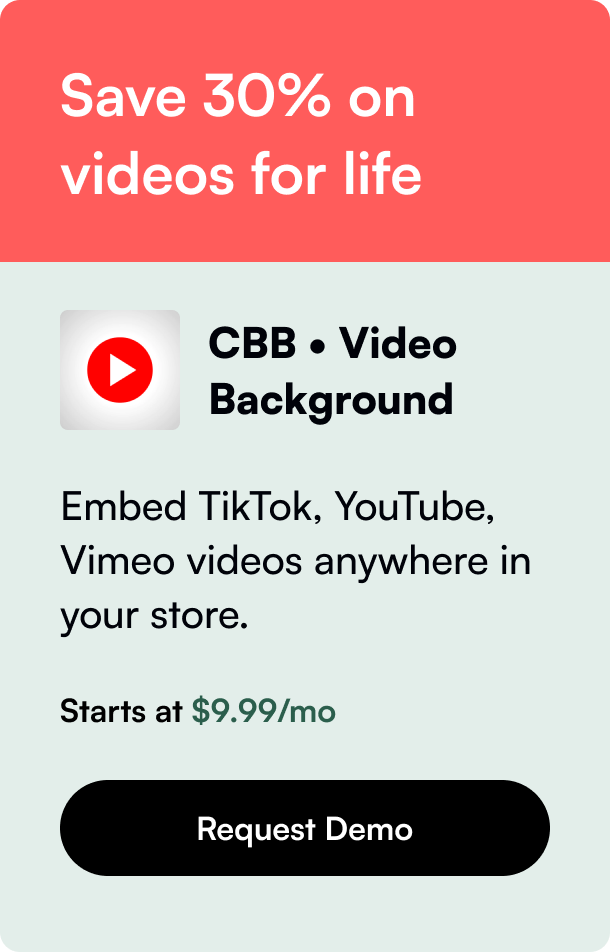Table of Contents
Introduction
Are you an e-commerce business owner using Shopify as your platform of choice? If so, you understand the importance of a seamless order fulfillment process; it's central to customer satisfaction and efficient operability. One powerful but perhaps under-leveraged feature available to you is the Shopify Fulfill Order API. Have you tapped into its potential to automate and streamline your order fulfillment? In this deep dive, we explore the breadth and utility of the Shopify Fulfill Order API, equipping you to magnify your e-commerce success through smarter and faster fulfillment processes.
Imagine a world where once an order is placed, everything from warehouse picking to customer shipment notification is automated. The Shopify Fulfill Order API makes this a reality, offering a robust toolset to facilitate order fulfillment with ease and precision. In this post, we'll unpack how to employ the API optimally, scrutinize its benefits, and troubleshoot common challenges. Ready to leverage technology for friction-free fulfillment? Let's explore.
Why The Shopify Fulfill Order API Matters
Shopify’s ecosystem provides a host of tools designed for merchants to conduct business with agility. Among these, the Fulfill Order API stands out for its role in streamlining the post-order process. It meticulously orchestrates the various steps from the moment an order is placed to when it's designated as fulfilled, updating inventory levels, and communicating to customers throughout the journey.
The Fundamentals: How The API Works
Whenever a customer places an order, the behind-the-scenes action begins. Shopify automatically generates fulfillment orders; these are potential packages ready to be sent out from specific locations. The API hooks into this system, programmatically allowing you to:
- Retrieve all fulfillment orders associated with a particular order
- Manage items assigned to a fulfillment order
- Update each order with tracking information
- Notify customers about shipment details
These capabilities are indispensable as they don't just reduce manual labor but position your platform to scale seamlessly as business grows.
Rolling With The API: An Instructional Guide
Engaging with the API requires a structured approach, which hinges on understanding the permissions and scopes necessary to manipulate fulfillment orders. Here's a step-by-step look at what you'd normally go through:
- Authorization: Acquire the requisite API credentials and permissions for your app to access order-related information.
- Retrieval: Fetch all the pertinent fulfillment orders linked to specific order IDs using the API endpoints.
- Check Status: Verify the status of each fulfillment order (e.g., 'open', 'in progress', 'closed') before any action is taken.
- Craft Fulfillment Request: Create a request, specifying location, line items, and tracking information—crucial for transparency and inventory management.
- Execute Fulfillment Update: Send the request to the API, which transfers it to the specified fulfillment location, again prompting an inventory update.
With each step carefully executed, the order headed for your customer is efficiently tracked and managed without much hassle from your side.
When Stuck: Troubleshooting Common Hiccups
Even well-written systems face occasional challenges. Here are some common issues and how to resolve them:
-
Inadequate Permissions: Ensure your API client has permissions like
read_assigned_fulfillment_ordersorwrite_fulfillment_orders. -
Incorrect IDs: Be certain to use the correct ID parameters (such as
fulfillment_order_idandlocation_id), as misidentifications are a common source of errors. - Empty Responses: If receiving empty JSON bodies or status 200 without content, this suggests the orders may have already been fulfilled or the incorrect ID is being utilized.
Making It Yours: Custom Tactics Tailored To Your Business
While the API processes transactions uniformly, there's room to tailor how it functions to reflect your specific business needs:
- Partial Fulfillments: Handle orders where only a portion of the items are ready for shipment.
- Multiple Locations: If your inventory is spread across various locations, smartly control from which place items will be fulfilled.
- Customer Notifications: Decide how and when to notify customers after fulfilling, allowing for a personalized touch.
- Advanced Analytics: Implement additional capture of fulfillment order data for in-depth operational analysis.
Conclusion
The Shopify Fulfill Order API isn't just a functional aspect of e-commerce operations; it's a strategic tool for mechanizing and enhancing order processing. When wielded adeptly, it reduces error margins, lightens your workload, and converges with your business's distinctive approach to manifest exemplary customer service. If you haven't yet, it's time to incorporate this into your e-commerce artillery, entrusting a part of your business's continuity to the reliability of technology.
Integrating technology in e-commerce ventures is never an end but a route to elevating customer experience and solidifying internal mechanisms. With the Shopify Fulfill Order API, that journey can be robustly supported through proficiency, yielding an unsullied order fulfillment process dedicated to delighting both you and your valued customers.
FAQ Section
What is the Shopify Fulfill Order API?
The Shopify Fulfill Order API is an interface that allows merchants to automate and manage the entire order fulfillment process programmatically, including updating inventory, providing tracking info to customers, and handling various steps required post-order.
Can the Shopify Fulfill Order API manage partial fulfillments?
Yes, the API has the ability to manage partial fulfillments, which lets merchants fulfill only a subset of the items in an order if necessary.
How can I ensure my app has necessary API permissions?
Consult Shopify's API documentation to identify the required scopes, like read_assigned_fulfillment_orders, and make sure your app has access before making API calls.
Is it possible to use the API for orders fulfilled from multiple locations?
Yes, the Shopify Fulfill Order API allows you to manage orders fulfilled from multiple locations, reflecting an inventory distributed across various physical spaces or different fulfillment service providers.
What do I do if the API is giving me an empty response for fulfillment orders?
An empty response might indicate the order has already been fulfilled or you may have used incorrect identification tags. Double-check the order status and the IDs used in your API request.








